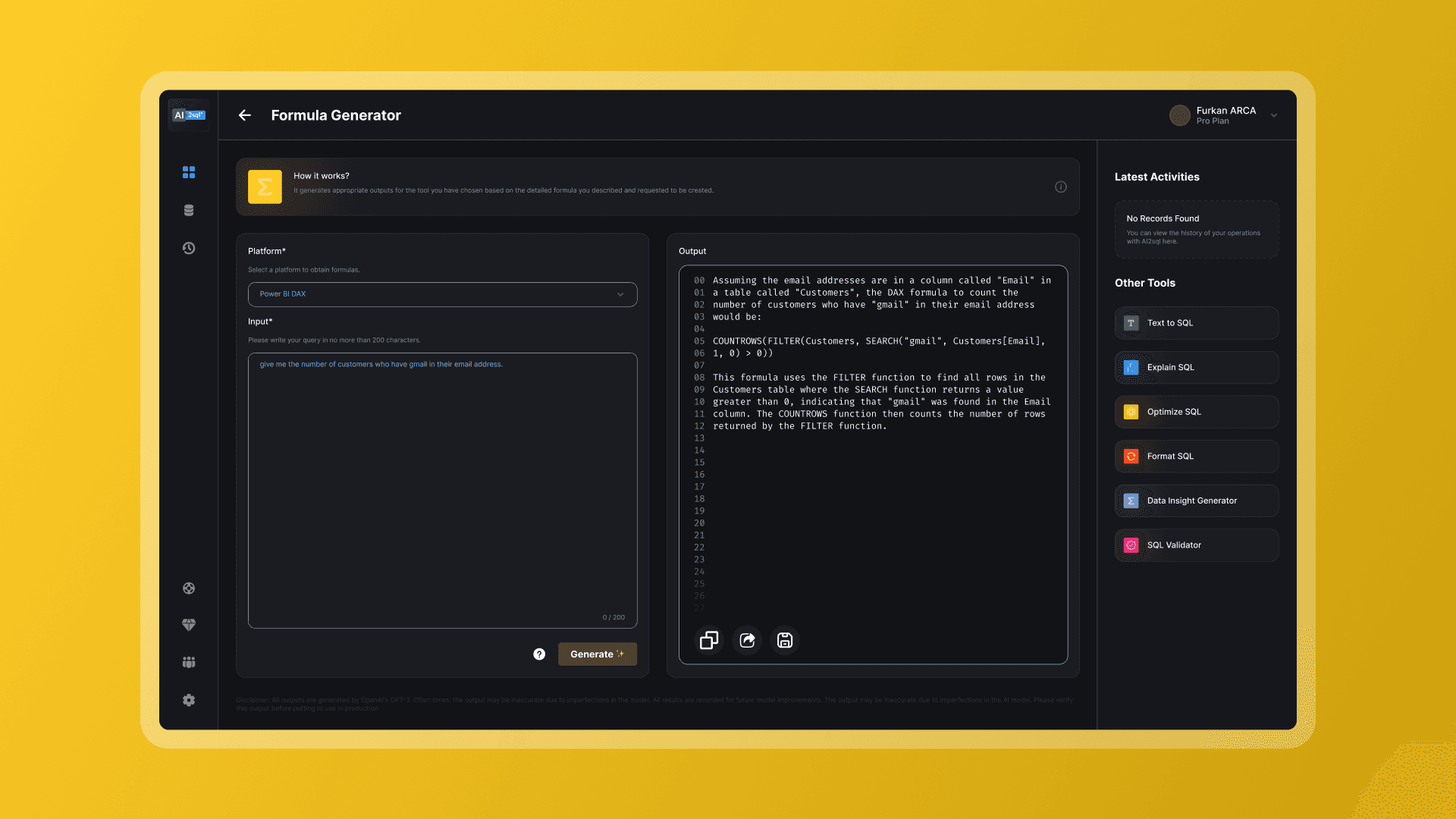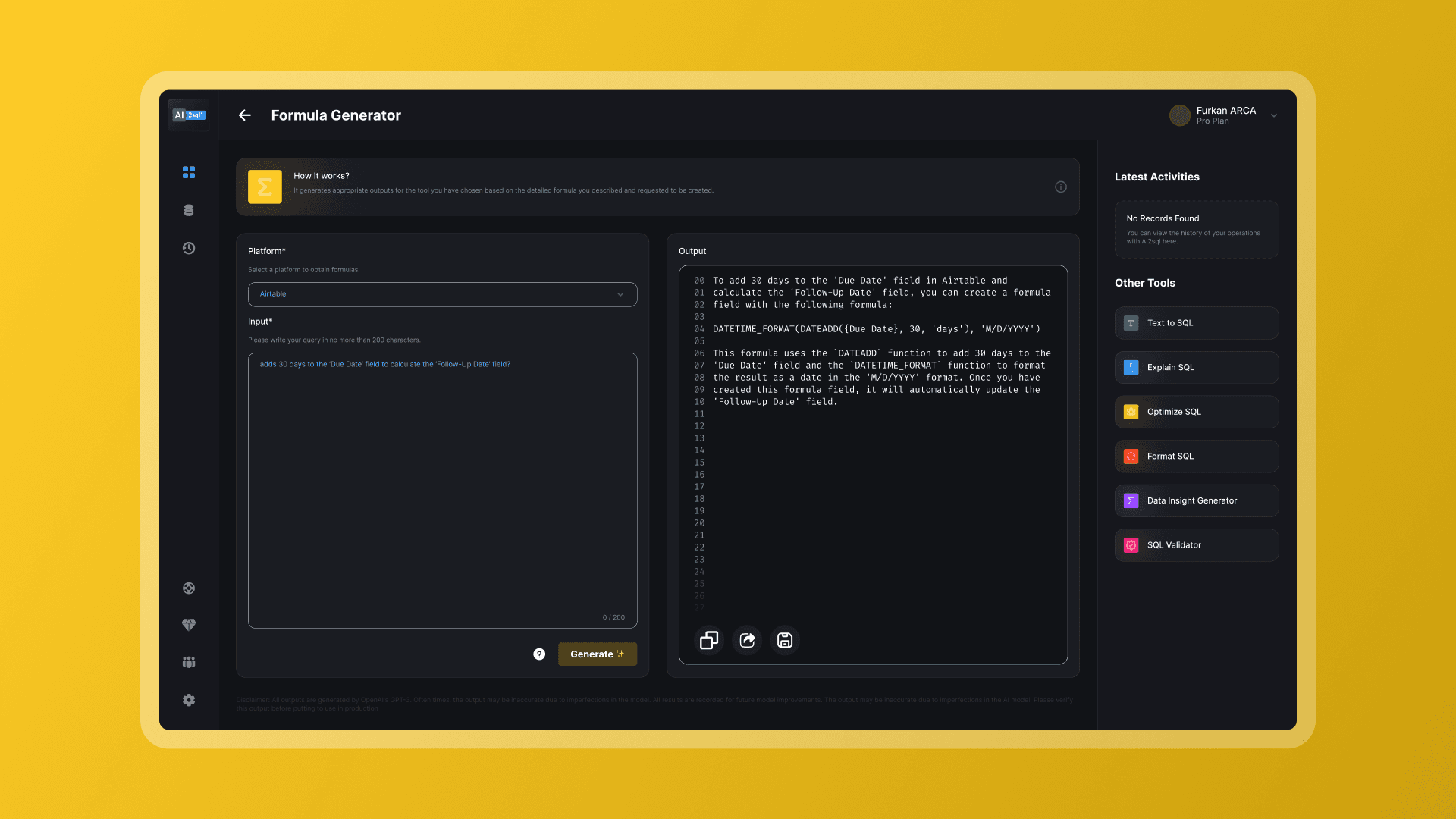TOOLS
SQL, the ubiquitous language for querying relational databases, is packed with features that make data retrieval more efficient and intuitive. One such feature, often overlooked by beginners but cherished by experienced developers, is the `WITH` clause, also known as Common Table Expressions (CTEs).
In this blog post, we'll explore the `WITH` clause, its syntax, benefits, and some practical examples to help you harness its power in your SQL queries.
What is the WITH Clause?
The `WITH` clause, or CTE, allows you to define a temporary result set that you can reference within a `SELECT`, `INSERT`, `UPDATE`, or `DELETE` statement. Think of it as creating a temporary table that exists just for your query and disappears once the query is done.
Syntax
The basic syntax for the `WITH` clause is:
Benefits of Using the WITH Clause
1. **Readability**: Complex queries can be broken down into simpler parts, making the SQL statement more readable.
2. **Maintainability**: If a subquery is repeated multiple times in the main query, using a CTE can reduce redundancy. If there's a need to change the subquery, you only have to change it in one place.
3. **Performance**: In some cases, using a CTE can lead to performance improvements, as the database engine can optimize the entire query more effectively.
Practical Examples
1. Basic Usage
Suppose you have a table `employees` and you want to find all employees who earn more than the average salary:
2. Recursive CTEs
One of the powerful features of CTEs is their ability to be recursive. This is particularly useful for hierarchical data. Suppose you have a table `employees` with a self-referencing `manager_id` column:
This query will retrieve the entire hierarchy of employees starting from the top-level manager.
AI2SQL and the SQL WITH Clause: A Perfect Match
In the modern era of data-driven decision-making, the ability to query databases efficiently is paramount. While the SQL `WITH` clause offers a way to simplify complex queries, there's another player in the game that's revolutionizing the way we interact with databases: AI2SQL.
What is AI2SQL?
AI2SQL is a conceptual representation of AI-powered tools that can convert natural language queries into SQL statements. Imagine asking your database, "Show me the sales figures for the last quarter," and having an AI tool generate the appropriate SQL query for you. That's the promise of AI2SQL.
How Can AI2SQL Assist with the WITH Clause?
1. Simplifying Complexity: For those who find SQL syntax challenging, AI2SQL can be a lifesaver. When dealing with complex queries that might benefit from the `WITH` clause, you can describe the data you want in plain English, and the AI can generate the necessary CTEs for you.
2. Optimization: AI2SQL tools can be trained to recognize patterns and optimize queries. If a natural language request can be made more efficient with a CTE, the AI can automatically incorporate the `WITH` clause into the generated SQL.
3. Learning and Adaptation: As you interact with AI2SQL tools, they can learn from your preferences and patterns. If you frequently query certain types of data that benefit from CTEs, the AI can proactively use the `WITH` clause in its generated SQL.
4. Error Reduction: Writing complex SQL statements can be error-prone. By using natural language, you reduce the chance of syntactical errors. The AI ensures that the generated SQL, including any `WITH` clauses, is syntactically correct.
Practical Scenario
Imagine you're working with a database that has sales data, and you want to compare the sales of each product to the average sales of all products.
You might ask the AI2SQL tool: "Show me products that sold above the average sales for the last month."
The AI tool could generate:
Try AI2SQL free for 7 days!
The combination of AI2SQL tools and SQL features like the `WITH` clause is a testament to how technology is making data access more intuitive and efficient. As AI continues to evolve, we can expect even more seamless integration between natural language processing and database querying, making the life of analysts, developers, and decision-makers easier and more productive.






